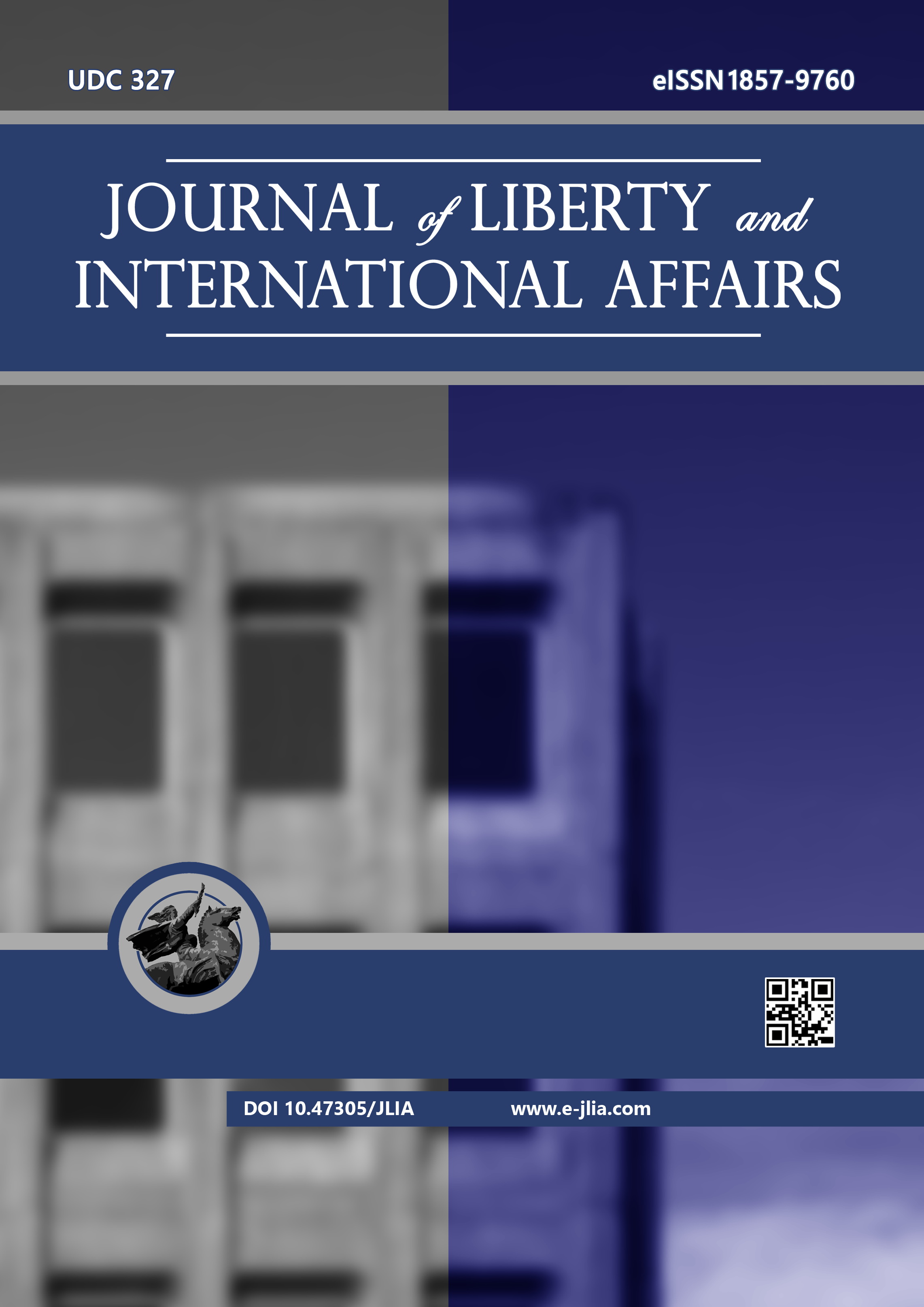THE CURRENT MIGRANT AND REFUGEE CRISIS IN EUROPE: REFUGEE RECEPTION CENTERS IN SOUTH-EAST BULGARIA
THE CURRENT MIGRANT AND REFUGEE CRISIS IN EUROPE: REFUGEE RECEPTION CENTERS IN SOUTH-EAST BULGARIA
Author(s): Rossen Koroutchev, Kalin PeevSubject(s): Politics / Political Sciences, Politics, Anthropology, Social Sciences, Law, Constitution, Jurisprudence, Customs / Folklore, Constitutional Law, Civil Law, International Law, Human Rights and Humanitarian Law, Political Theory, Political Sciences, Civil Society, Governance, Public Administration, Public Law, Economic policy, Government/Political systems, Security and defense, Welfare systems, Developing nations, Political behavior, Political psychology, Politics and law, Politics and religion, Politics and society, Methodology and research technology, Cultural Anthropology / Ethnology, Culture and social structure , Inter-Ethnic Relations, EU-Approach / EU-Accession / EU-Development, EU-Legislation, Peace and Conflict Studies, Asylum, Refugees, Migration as Policy-fields, Administrative Law
Published by: Institute for Research and European Studies - Bitola
Keywords: European Refugee Crisis; Illegal Migration; Bulgaria; Refugee Reception Center Harmanli
Summary/Abstract: In this paper, we analyzed the current refugee crisis in Europe by discussing its main characteristics within the European context. A comparison between the different routes in Western, Central, and Eastern Mediterranean, the Western Balkans, and in general in South-Eastern Europe was done. As the main research problem, we focused on Bulgaria as an entry gate for the arriving immigrants and we presented the most recent statistics related to the illegal entries in the country. Among our objectives was the analysis of the current problems at the reception centers in the South-Eastern part of Bulgaria. An important part of our methodology consisted of direct interviews performed with the local and immigrant population at the center of Harmanli. The key results of our analysis showed that despite the attempts on the part of the officials for successful integration of the immigrants, there were still important needs for improvement. In conclusion, we suggested that the use of good practices from other countries with experience in migration policies might contribute to better integration and improvement of the mutual respect between local and migrant populations.
Journal: Journal of Liberty and International Affairs
- Issue Year: 8/2022
- Issue No: 1
- Page Range: 67-80
- Page Count: 14
- Language: English

